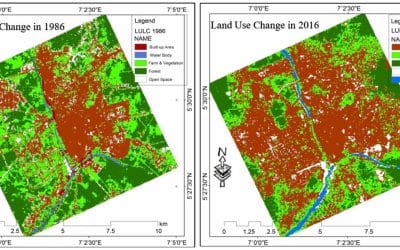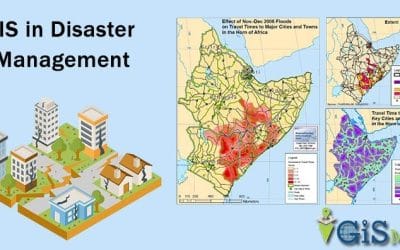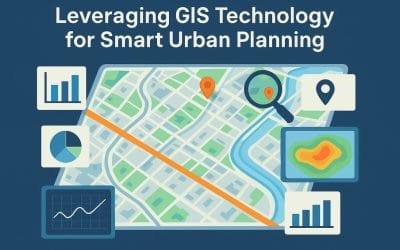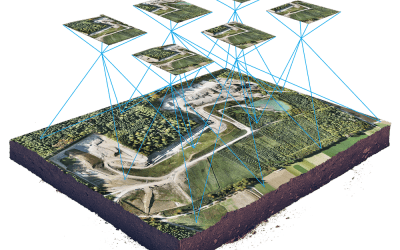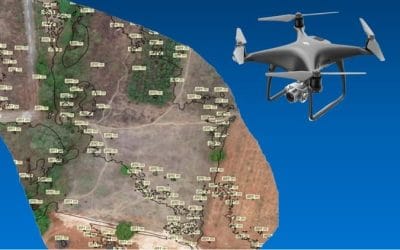GIS is influential across many aspects of society in today’s world including the transportation industry. It significantly aids in planning, monitoring, and managing complex systems involved in transportation planning and management more effectively. GIS helps in determining capacity enhancements, improving operations, and identifying the most strategic investments for keeping the transportation system in any country running optimally. The use of GIS in transportation is widespread. The major areas of applications include highway maintenance, traffic modeling, accident analysis, and Navigation/Route planning.
Navigation/Route planning is an important application within transportation. Lack of route knowledge or hurdles on routes can lead to unnecessary delays and losses. It is in favor of all businesses and people to know in advance which route is the best to follow. This knowledge can help in saving time and essentially gaining the best cost/benefit ratio. GIS-based systems quickly provide and analyze essential economic, demographic, and cost estimates for planning new routes. It helps in analyzing existing routes, collecting data and informing the riders of changes to routes. Route planning is also applied as a part of location planning, analyzing catchment areas for different sites, calculating overall drive-times to and from the site, maximizing potential customer inflow, and ensuring the best possible accessibility.
Managing modern roadways are very complex. From computerized traffic control systems and incident and safety management systems to effective capital improvement planning and maintenance activities, transportation planners must draw on a wide array of technologies to effectively manage today’s roadways. GIS can help transportation planners to integrate agency-wide information to achieve better operational efficiencies and results. By bringing in GIS in transportation, higher efficiency can be achieved in the entire the infrastructure lifecycle—from planning and design through survey and construction management to operations and maintenance. GIS helps in mitigating woes, both for the travelers and the planners. As the travelers get to know about the best routes for their destinations, transportation professionals get equipped with enhanced ability to manage their infrastructure.
The use of GIS in navigation industry has been growing over the past few years. These days the navigation industry uses GIS and other technology like GPS and Remote sensing for the generation of navigation content. The GIS services assist the navigation industry in creating flawless maps. This steep rise in the use of GIS can be credited to the rampant increase in the number of people who use computerized navigational services for everyday use as well as an increase in online transportation services.





























































































